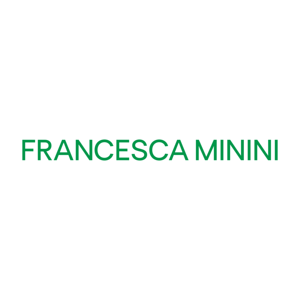May 17–July 26, 2024
Via Massimiano 25
20134 Milan MI
Italy
Hours: Tuesday–Saturday 11am–7pm
T +39 02 2692 4671
info@francescaminini.it
Artists: Carla Accardi, James Bantone, Becky Beasley, Pascale Birchler, Azize Ferizi, Sheila Hicks, Simone Holliger, Deborah-Joyce Holman, PRICE.
I remember the opening of David Joselit’s Notes on Surface quite vividly. I found it absolutely brilliant. The inspiration for his reflections on surface was the sight of a billboard in his neighbourhood in Los Angeles advertising elective plastic surgery. What struck him was the following quote: “Real? Who cares!” Excluding the fact that the word real could be remotely associated by the average reader with the Lacanian real, he focuses on the meaning of authenticity that the word suggests. But if being authentic is relatively important, since medicine has shown that bodies are malleable, Joselit wonders where the self-dwells, and whether it is not to be found in the changing surfaces of the body. Although the text opens a dense consideration of flatness by going through Jameson and Greenberg (extremely interesting for lovers of postmodern art criticism like yours truly) it is in this question of the author’s that I find the deepest meaning. This mutability of the surface is possibly retroactive, just as the real is for another great American postmodern theorist.
Only recently have I been taking a close look at Carla Accardi’s work from the turn of the 21st century and realized that Joselit published this text in the year 2000. Coincidence, or maybe not. I have started thinking about those large canvases, those signs that opened up until they almost disappeared, until their incisiveness faded. No more rules of composition, the relationship between signifier/meaning and form/color is now a memory linked to previous productions. In those forms, which are amorphous, explosive, and full of color, I felt a freshness that is common to the Millennial vibe, of which I am a product, and which brings me closer to a certain way of looking at form, the body and representation in a broader sense.
How can work as systematic as Accardi’s come close to that of a generation that is still so sociologically debated? It is in the use of form that is the glue, a form that crosses generations without pigeonholing or caging itself in pre-constituted definitions.
Carla Accardi’s Verde e Grigio scuro (2000) is somewhat like the scent of this group show, which, without any theoretical or thematic pretense such as that which a more canonical approach would have, is an attempt (or attempts) to look at the possibilities of form through distant generational languages that coexist in the total freedom of the use of sign, form, and body. The sign and formal multifacetedness that emerges in the practices of historicize artists such as Accardi and Sheila Hicks in dialogue with the more contemporary languages of James Bantone, Becky Beasley, Pascale Birchler, Azize Ferizi, Simone Holliger, Deborah-Joyce Holman and PRICE—almost all Millennials like me—goes beyond the purity of the media and inhabits a liminal zone in which the figure, self-representation, volumes, and image are liberated.
Thus, Accardi’s from the 2000s, which has inspired this exhibition, has become foreign to the sign and open to a polymorphism far removed from recognizable geometries. It has entered into a dialogue with Hicks’ monochrome on gray linen Convergence ardoise (1996), which transcends painting and the sculptural properties of matter. And, surprisingly, they are close to the visual sensitivity of the younger generations in the exhibition, who deliberately mock form, object, and its coexistence within space.
Curator Eleonora Milani.



